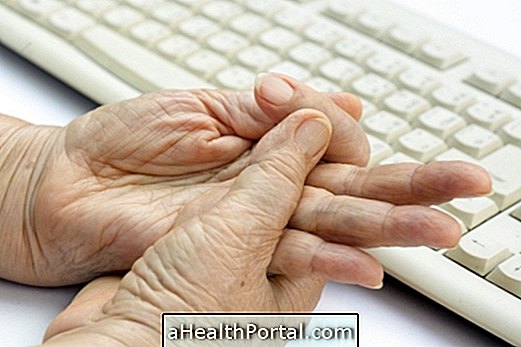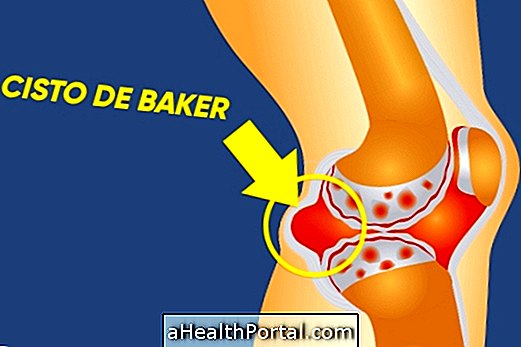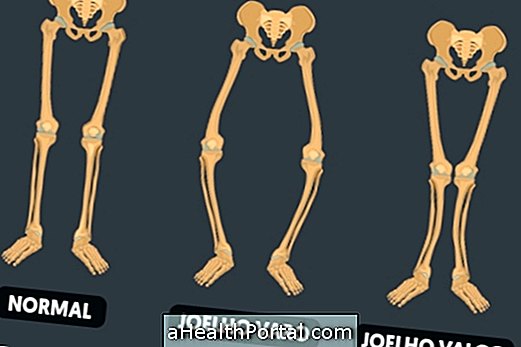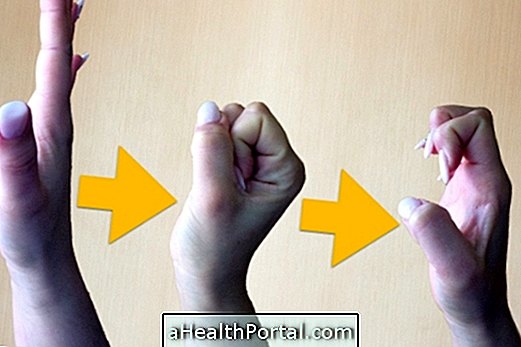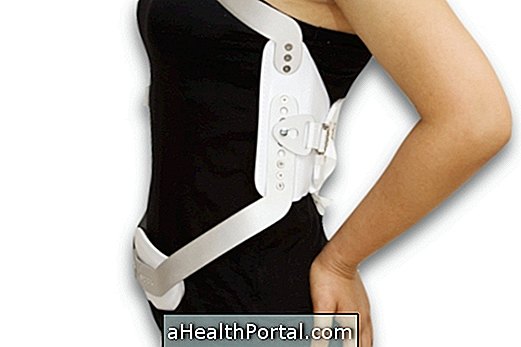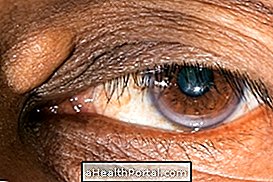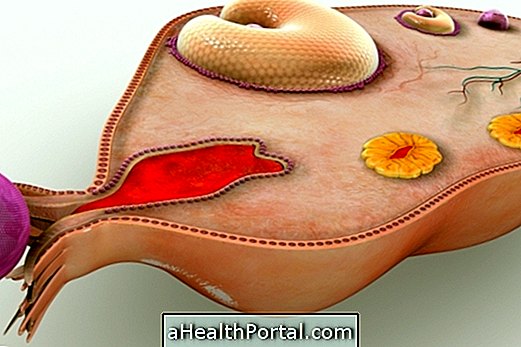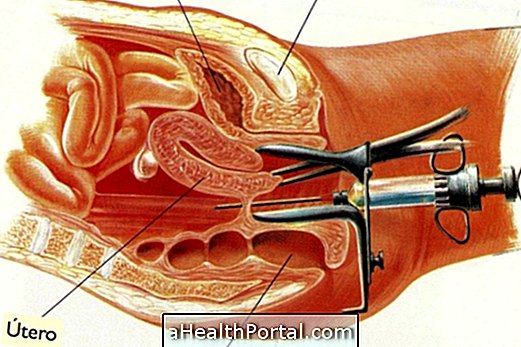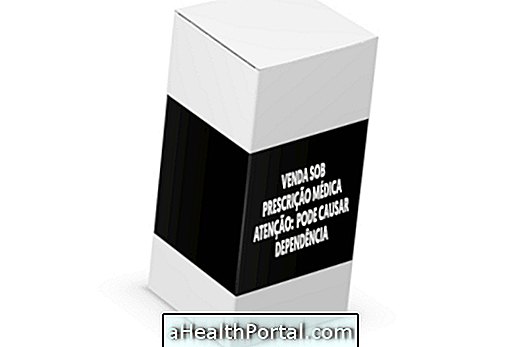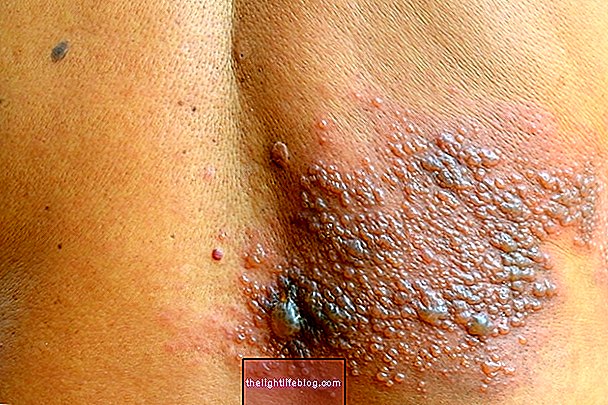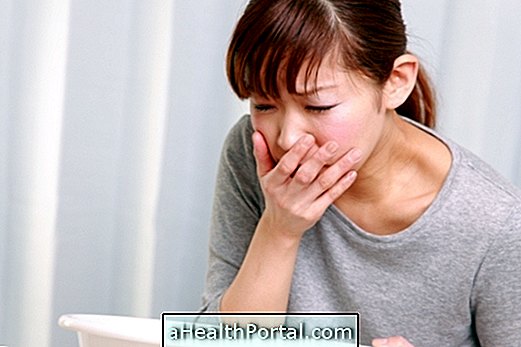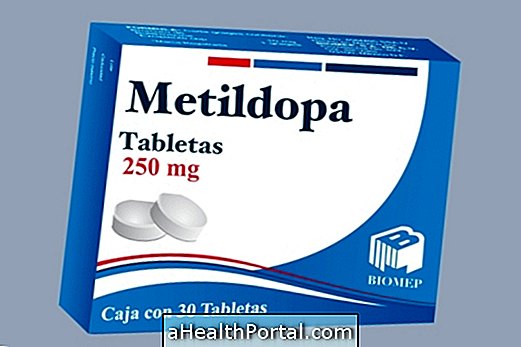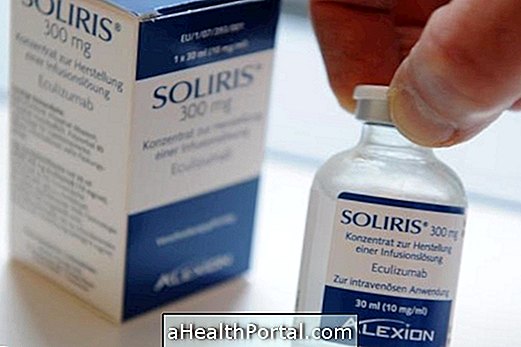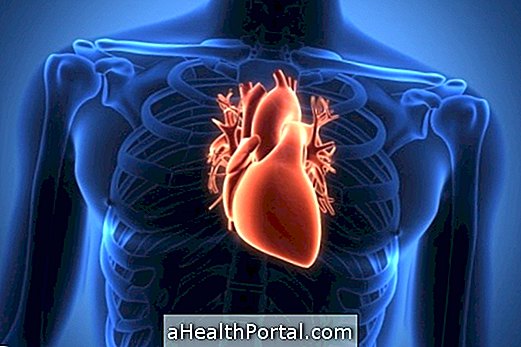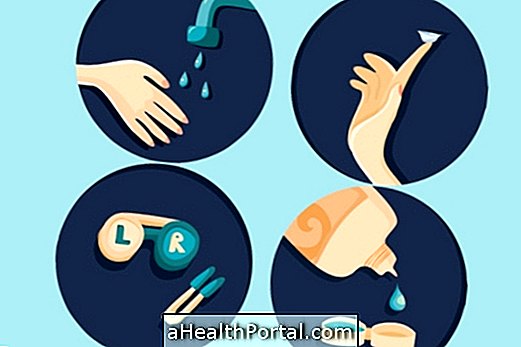The treatment for scoliosis depends on the person's age and the degree of scoliosis that he or she has. When it is diagnosed still in baby and in children and is considered serious, a good option is to use the orthopedic vest, under the guidance of an orthopaedist.
But when it is discovered in teenagers or adults, many can benefit from physical therapy which can be a great help by being able to even completely cure scoliosis. In cases considered very serious, when the person is over 36 degrees, they should be treated with surgery.
Most of the time the person benefits from swimming to strengthen all the muscles mainly of the back making the posture become more correct and this brings some more benefit. Avoiding sitting in a bad way, or lying on a sofa loosely as well as avoiding riding a motorcycle are some important tips to be careful to avoid aggravation of the disease.
Physiotherapy for scoliosis
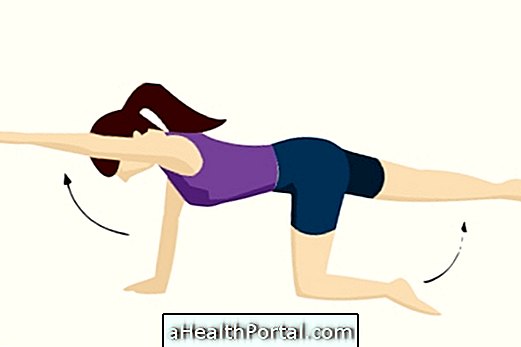
In physical therapy, several exercises can be performed with the purpose of realigning the spine and for this, one must know the side of scoliosis so that the side that is shortened, is elongated and that the side that is more elongated can be strengthened . However, both sides of the trunk should be worked at the same time.
Physical therapy should be done daily, and can be done 2-3 times a week in the clinic and every other day at home, performing the exercises indicated personally by the physiotherapist.
A good technique for curing scoliosis is postural correction exercises through RPG, which is Global Postural Reeducation. This technique uses various postures and isometric exercises that aim to realign the spine bringing great benefits for the reduction of scoliosis and back pain.
Vertebral manipulations using the chiropractic method can also help decrease spinal pressure and realignment and can be used once a week after a physical therapy session.
Orthopedic vest

The use of the orthopedic vest should be indicated by the orthopedist and is indicated for when the scoliosis is between 20 and 35 degrees. In this case, the vest should be worn at all times, and should be taken only for bathing and for physical therapy.
It is usually placed in children over 4 years of age or adolescents and may need to spend years with it so that the curvature of the spine is normalized. It is not recommended to wear a vest when the curvature is greater than 60 degrees and between 40 and 60 degrees it is only indicated when it is not possible to perform the surgery.
The use of the vest forces the spine to be centralized and avoids surgery, being effective in most cases, but to have the expected effect one should wear the vest for at least 23 hours a day until the adolescent reaches height final, around 18 years of age.
The vest may support only the lumbar spine, lumbar spine, and thoracic or lumbar, thoracic and cervical spine, depending on the need of each person.
Spinal surgery
Surgery is indicated when the person has more than 36 degrees of scoliosis and consists of placing a few orthopedic screws to position the spine as upright as possible, but most of the time it is still not possible to leave the spine completely centralized, but it is possible many deformities.
Signs of improvement and worsening
Signs of worsening scoliosis include increased spine tilt, back pain, contractures, and when scoliosis affects the back of the spine, there may be symptoms of sciatic nerve involvement such as pain radiating to the legs, burning sensation, or tingling in the spine. glutes or legs. When it further affects the middle part of the spine, it can even compromise breathing, as the lung may have more difficulty expanding and filling with air.
Signs of improvement come when treatment is started and includes a decrease in all of these signs and symptoms.
Complications
If the individual does not treat scoliosis, it can develop and cause a lot of pain in the neck, neck or at the end of the spine, as well as muscular contractures. When the tilt is large there may be other complications such as a herniated disc, spondylolisthesis, which is when a vertebra slides forward or backward, pressing important structures of the spine, and there may also be shortness of breath because the lung can not expand sufficiently .
